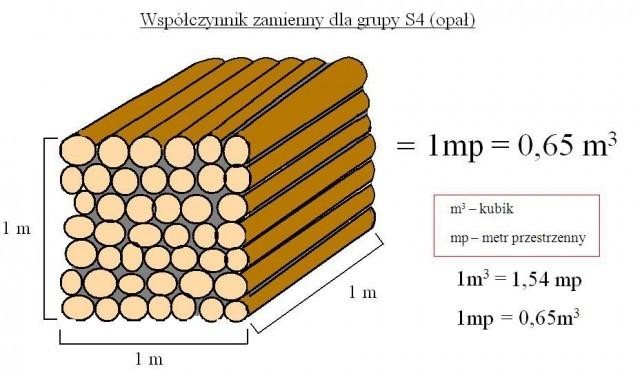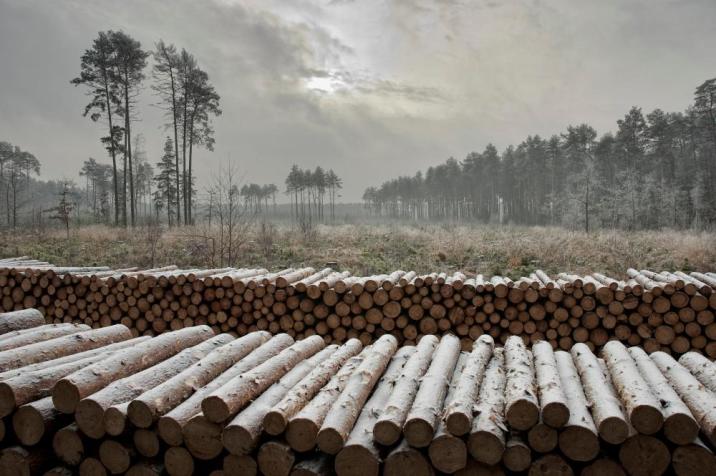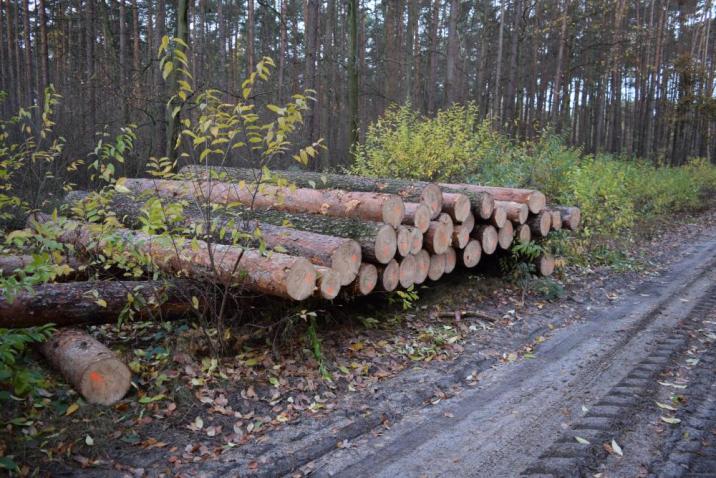 Asset Publisher
Asset Publisher
Sale conditions
Sale conditions of wood are specified by the regulation of Director – General of the Sate Forests.
Within the framework of the individual sale , the foresters try to meet the fast growing demand, because more and more people use wood in order to heat their houses. Contrary to general opinion, these are not only village people, even though they prevail among recipients. The growth of firewood demand is the result of occurrence of new housing estates built in the suburbs of large agglomerations, where houses are usually equipped in fireplace heating installations.
Firewood is not only the most ecological heat source, but also is much more attractive in respect of relation of price and electric efficiency, rather than cola, oil, gas or electric power.
In recent years, the Sate Forests increased the sale of firewood of one third – up to over 4 million cubic meters annually. Firewood is not only the most ecological heat source, but also is much more attractive in respect of relation of price and electric efficiency, rather than cola, oil, gas or electric power. Some of customers choose already prepared and cut into pieces wood, the others very willingly obtain it by themselves after arranging all details and fulfilling particular safety conditions, and after paying the fee; that concerns mainly so called "thinnings". Such a raw material is very cheap, that is why many people from village areas profit from such possibility.
 Asset Publisher
Asset Publisher
 Asset Publisher
Asset Publisher
Sprzedaż drewna, choinek i sadzonek
Sprzedaż drewna, choinek i sadzonek
Nadleśnictwo prowadzi sprzedaż drewna odbiorcom detalicznym.
Pierwszą osobą do kontaktu w sprawie sprzedaży detalicznej jest leśniczy. To on, jako osoba sprawująca nadzór nad danym leśnictwem jest najlepiej zorientowany w zakresie posiadanego stanu drewna, a także planowanych cięć. Telefony, adresy znajdują się w zakładce „KONTAKT – leśnictwa".
Zakupu drewna można dokonać na dwa sposoby:
1. Drewno pozyskane bez kosztów (PBK, czyli tzw. samowyrób) – oznacza możliwość nabycia drewna po niższej cenie pod warunkiem jego samodzielnego przygotowania. W tym przypadku możliwe do pozyskania sortymenty są ograniczone do:
- drewna małowymiarowego, czyli gałęzi (M) oraz
- opału, czyli grubizny z drzew leżących (S4).
Aby uzyskać zezwolenie na samowyrób należy zgłosić się do miejscowego leśniczego, który wyznaczy powierzchnię, zapozna z zasadami postępowania oraz wystawi zezwolenie na pozyskanie drewna samowyrobem. Prowadzenie prac bez ważnego dokumentu jest nielegalne.
2. Drewno pozyskane kosztem Skarbu Państwa (PKS). W ten sposób można zakupić drewno wyrobione w wałkach o długości 1.2 m lub 2.4 m i ułożone w stosy przy leśnej drodze wywozowej. Transport i załadunek odbywa się kosztem i staraniem kupującego.











